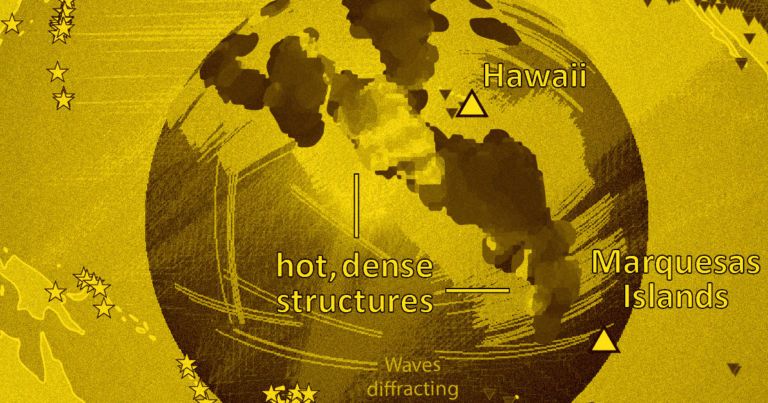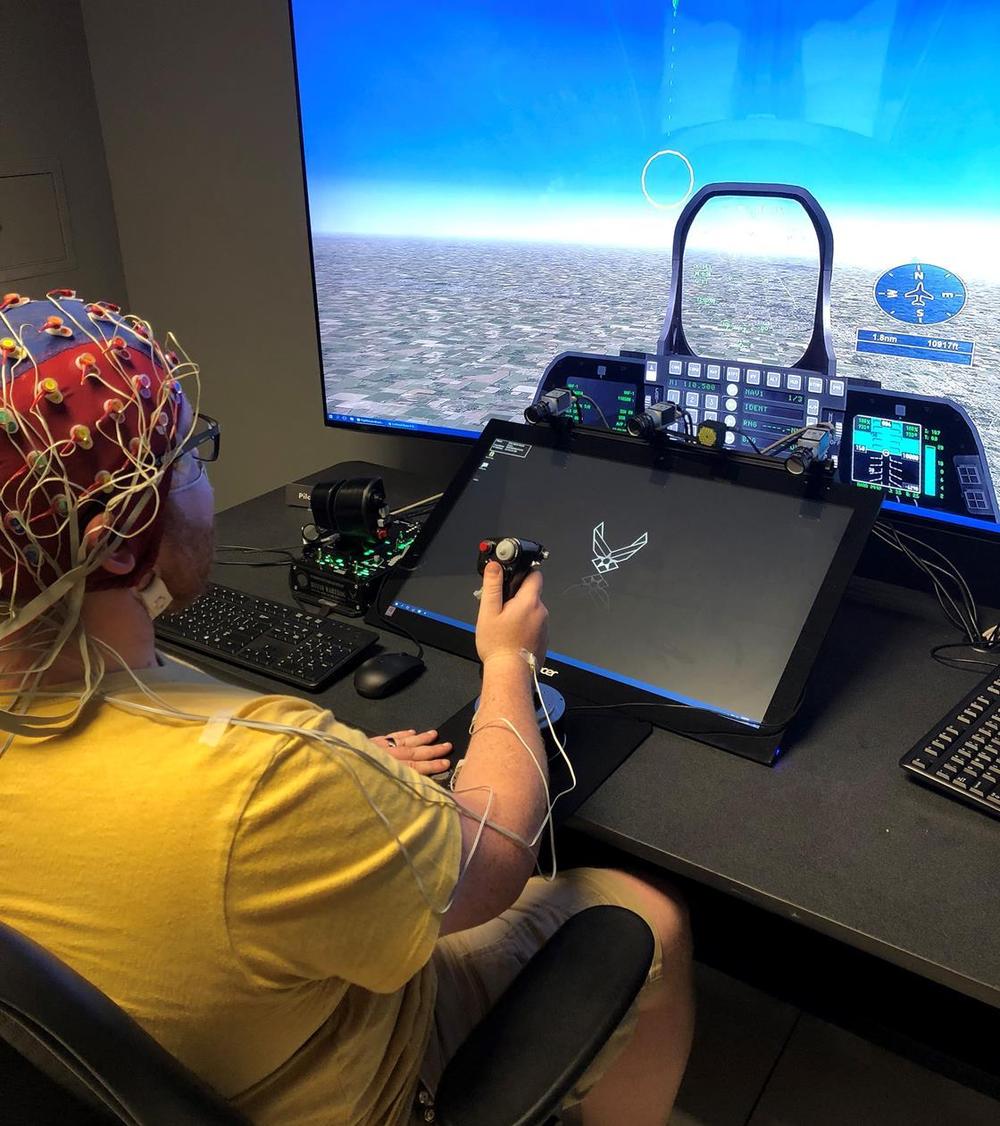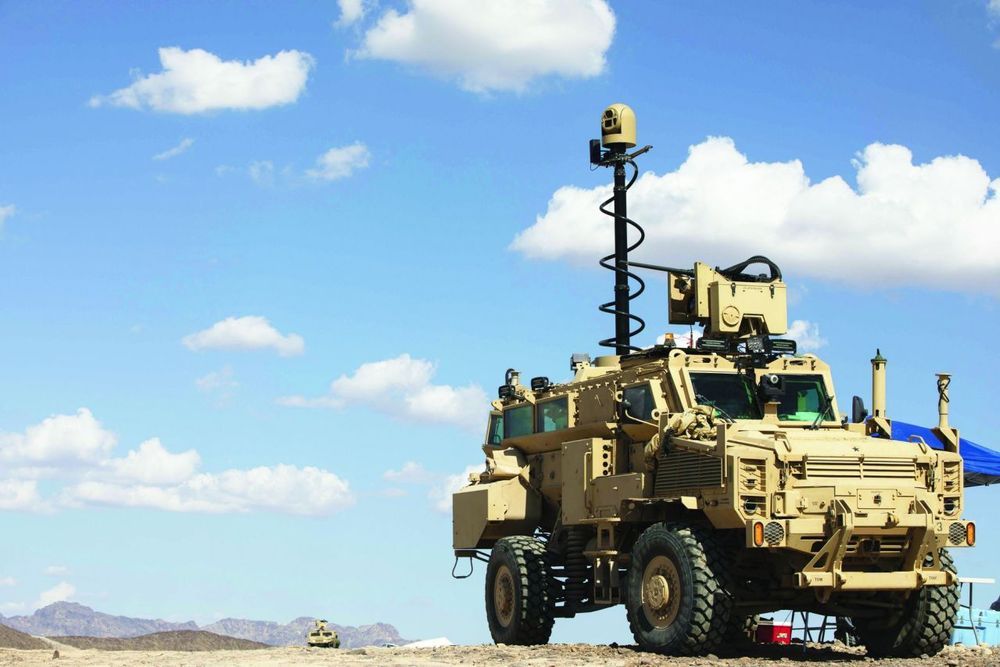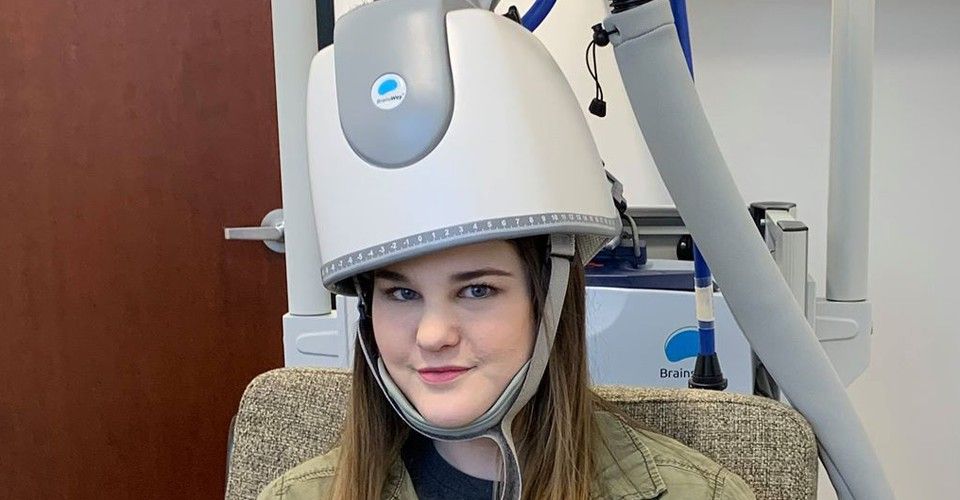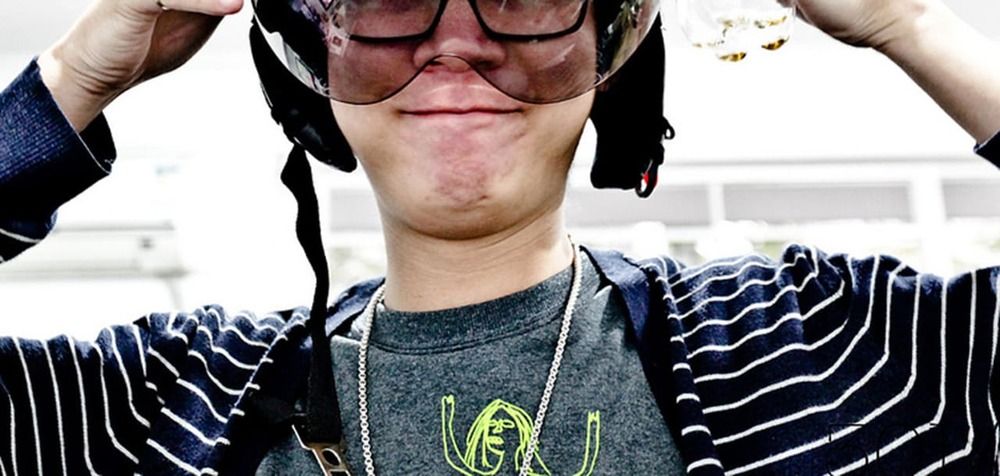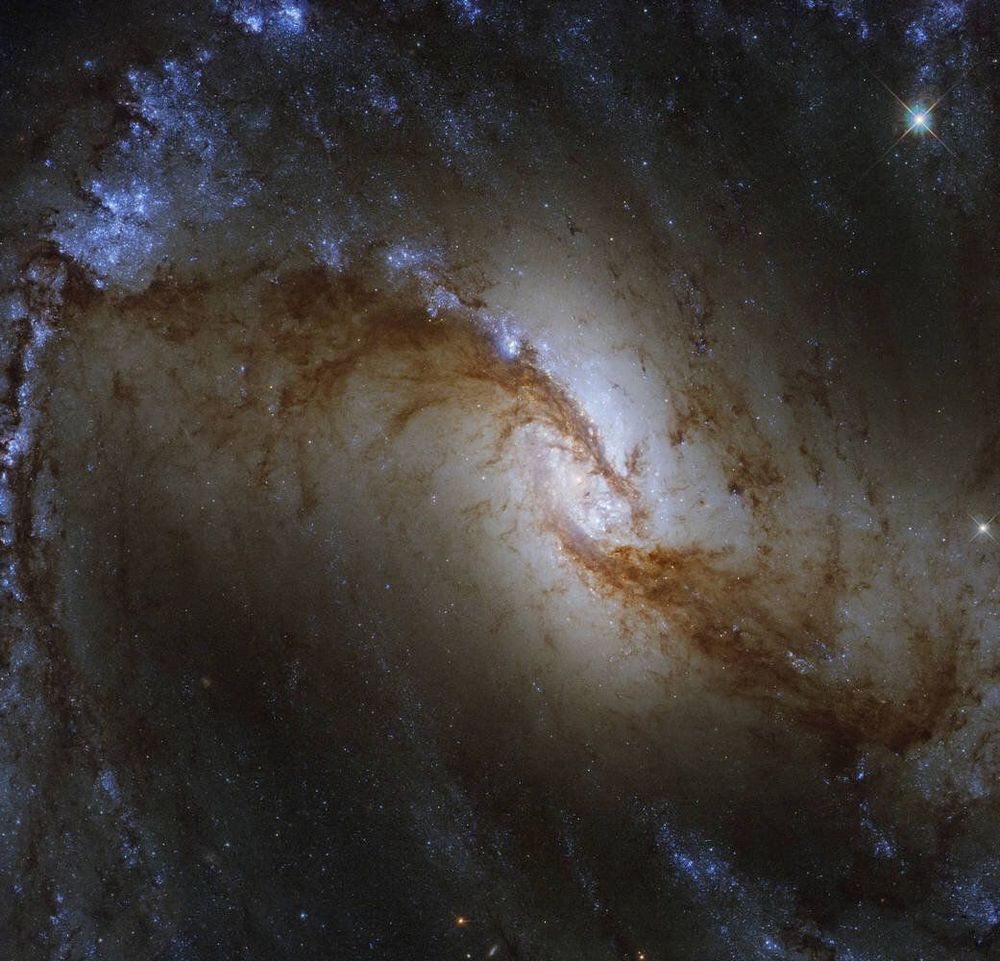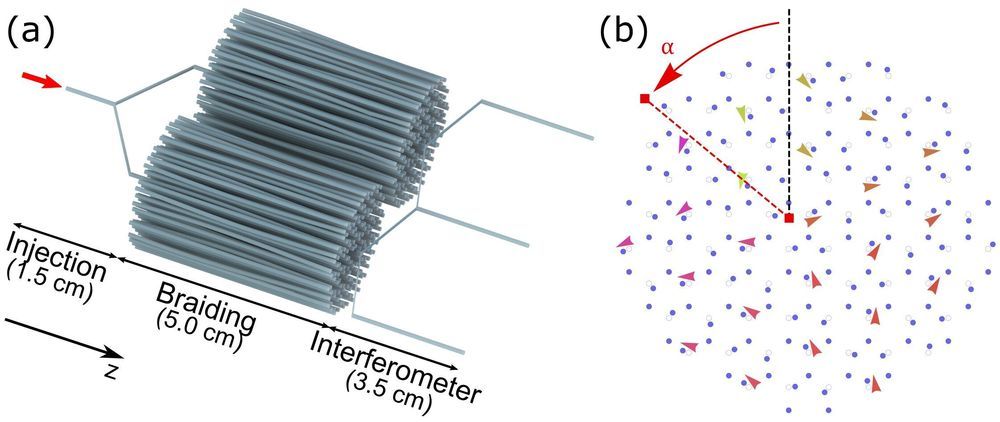Page 6013
Oct 12, 2020
Wound & Ulcer Microcurrent Electrical Stimulation Electrotherapy Device
Posted by Quinn Sena in category: biotech/medical
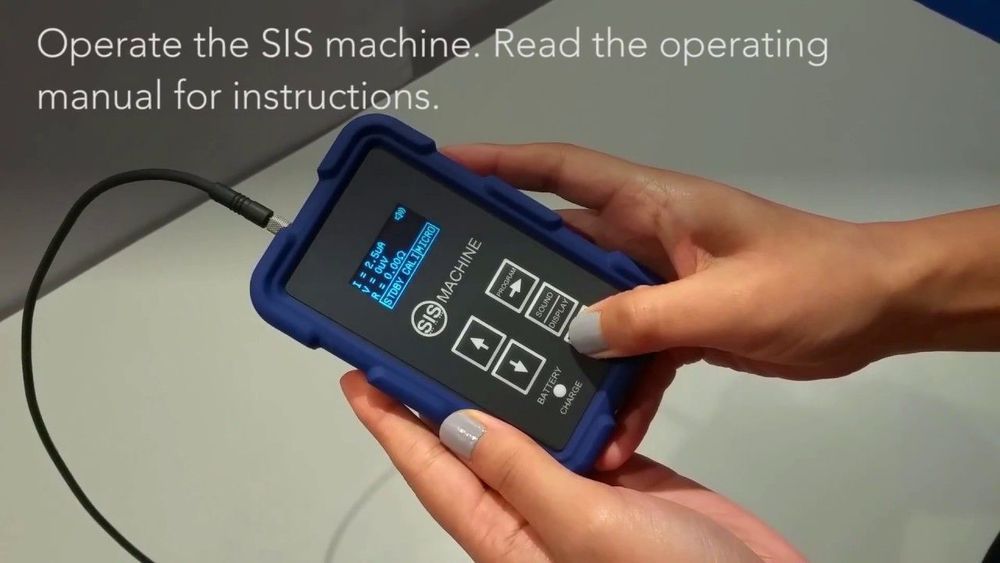
https://youtube.com/watch?v=xhri8_4klRw
Circa 2010
Wound & ulcer microcurrent electrical stimulation electrotherapy device. Treats infection. Accelerated healing. For all wounds & ulcers. Clinic & home use.
Continue reading “Wound & Ulcer Microcurrent Electrical Stimulation Electrotherapy Device” »
Oct 12, 2020
US Air Force aims to train pilots faster using brain electrode
Posted by Quinn Sena in categories: military, neuroscience
In August, the US Air Force Research Laboratory 711th Human Performance Wing launched its iNeuraLS project, an effort to speed up pilot training through brain stimulation.
Some will feel a slight tingling sensation. Others will feel nothing at all.
The electrode placed inside the ear canal isn’t designed to shock. Rather, the US Air Force Research Laboratory (ARFL) believes the earbud-like device, when placed next to the brain’s vagas nerve, will have more of an intellectually stimulating effect. It ought to create moments of super learning, controllable periods of focus that allow pilots to soak up their flight training faster than humanly possible.
Continue reading “US Air Force aims to train pilots faster using brain electrode” »
Oct 12, 2020
Can magnetic refrigeration improve the storage of foods?
Posted by Quinn Sena in category: food
Circa 2015
A look at the application of fluctuating magnetic fields, especially the Cells Alive System (CAS), in food refrigeration.
Oct 12, 2020
At Project Convergence, the US Army experienced success and failure — and it’s happy about both
Posted by Quinn Sena in category: military
“I was focused on those 10 people up front that were simulating a tactical operation and a little less so on the screens,” McCarthy told reporters the day after the exercise. “The only screens that I really cared about were the lower ones that showed how they were moving the pieces from the battlefield.”
In other words, Project Convergence was not about the boom. It was not about hitting the targets.
Which is good. Because not all of them did.
Magnetic stimulation is helping some people with depression—but the $12,000 treatment is also being unleashed in untested ways.
Oct 12, 2020
FDA Approves Magnetic Helmet For Treating Depression
Posted by Quinn Sena in category: neuroscience
Circa 2013
“When the induced field is above a certain threshold, and is directed in an appropriate orientation relative to the brain’s neuronal pathways, localized axonal depolarizations are produced, thus activating the neurons in the relevant brain structure.”
First the machine is calibrated by placing it over a part of the brain that causes the subject’s hand to move. Then the coils are aimed at the brain region under treatment. The treatment lasts about 15 to 30 minutes, repeated over several weeks, and is noninvasive–all the person feels is a slight buzzing, and there are no side effects. This makes it a more palatable relative of other treatments that also target the brain directly, such as electroconvulsive therapy (formerly electroshock), or surgically implanted electrodes.
Oct 12, 2020
Hubble sees swirls of forming stars
Posted by Saúl Morales Rodriguéz in categories: futurism, space
At around 60 million light-years from Earth, the Great Barred Spiral Galaxy, NGC 1365, is captured beautifully in this image by the NASA/ESA Hubble Space Telescope. Located in the constellation of Fornax (the Furnace), the blue and fiery orange swirls show us where stars have just formed and the dusty sites of future stellar nurseries.
At the outer edges of the image, enormous star-forming regions within NGC 1365 can be seen. The bright, light-blue regions indicate the presence of hundreds of baby stars that formed from coalescing gas and dust within the galaxy’s outer arms.
This Hubble image was captured as part of a joint survey with the Atacama Large Millimeter/submillimeter Array (ALMA) in Chile. The survey will help scientists understand how the diversity of galaxy environments observed in the nearby universe, including NGC 1365 and other galaxies such as NGC 2835 and NGC 2775, influence the formation of stars and star clusters. Expected to image over 100,000 gas clouds and star-forming regions beyond our Milky Way, the PHANGS survey is expected to uncover and clarify many of the links between cold gas clouds, star formation, and the overall shape and morphology of galaxies.
Oct 12, 2020
The first demonstration of braiding in photonic topological zero modes
Posted by Saúl Morales Rodriguéz in categories: computing, particle physics, quantum physics
Physics theory suggests that exotic excitations can exist in the form of bound states confined in the proximity of topological defects, for instance, in the case of Majorana zero modes that are trapped in vortices within topological superconducting materials. Better understanding these states could aid the development of new computational tools, including quantum technologies.
One phenomenon that has attracted attention over the past few years is “braiding,” which occurs when electrons in particular states (i.e., Majorana fermions) are braided with one another. Some physicists have theorized that this phenomenon could enable the development of a new type of quantum technology, namely topological quantum computers.
Researchers at Pennsylvania State University, University of California-Berkeley, Iowa State University, University of Pittsburgh, and Boston University have recently tested the hypothesis that braiding also occurs in particles other than electrons, such as photons (i.e., particles of light). In a paper published in Nature Physics, they present the first experimental demonstration of braiding using photonic topological zero modes.
Oct 12, 2020
‘Universal law of touch’ will enable new advances in virtual reality
Posted by Saúl Morales Rodriguéz in category: virtual reality
Seismic waves, commonly associated with earthquakes, have been used by scientists to develop a universal scaling law for the sense of touch. A team, led by researchers at the University of Birmingham, used Rayleigh waves to create the first scaling law for touch sensitivity. The results are published in Science Advances.
The researchers are part of a European consortium (H-Reality) that are already using the theory to develop new Virtual Reality technologies that incorporate the sense of touch.
Rayleigh waves are created by impact between objects and are commonly thought to travel only along surfaces. The team discovered that, when it comes to touch, the waves also travel through layers of skin and bone and are picked up by the body’s touch receptor cells.
